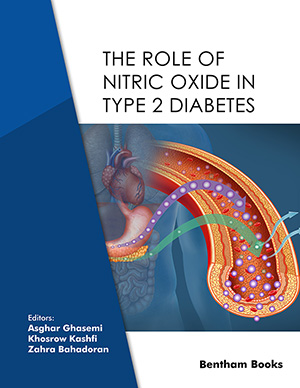
Abstract
Scrapie is a slowly developing neurodegenerative disease occurring naturally in sheep and goats. The spectacular crisis involving TSE infection of cattle in the United Kingdom, has been followed by a chain of published speculations linking sheep Scrapie to bovine TSE (BSE or mad cow disease), and finally there are suggestions of a link between BSE and human new variant Creutzfeldt-Jakob disease (nvCJD). Although the number of people ultimately affected by the health effects of nvCJD cannot be predicted, the economic repercussions have been enormous. The TSE agents can be contaminants of products derived from blood and have been inadvertently added to animal food. Although such blood-borne or food-borne TSE agents have been proposed to be of immediate concern for human health following the United Kingdom BSE epidemic, a great deal of basic research on TSE pathophysiology remains to be conducted. Neurotoxicants are generally considered to be exogenous factors that affect normal metabolism of the central nervous system. However, certain naturally occurring substances such as free radicals, steroids, excitatory amino acids, cytokines, and amyloids may be toxic to the central nervous system, and therefore can be considered as endogenous neurotoxicants. Since these endogenous neurotoxicants may accumulate in the brain due to the disruption of the normal protein metabolic processes, they are of considerable interest to the public health community. In this review we will emphasize that prion protein, as a special metabolic agent, causes changes in immune and endocrine systems, which are a function of pathology of the nervous system.
Keywords: Scrapie, variant Creutzfeldt-Jakob diease nvCJD, Shenker syndrome GSS, fatal familial insomina, PrProtein, Immunomodulating Therapies, Neonatal immaturity, Corticosteroid treatment, splenectomy, Arachis oil, Test infection
 1
1









